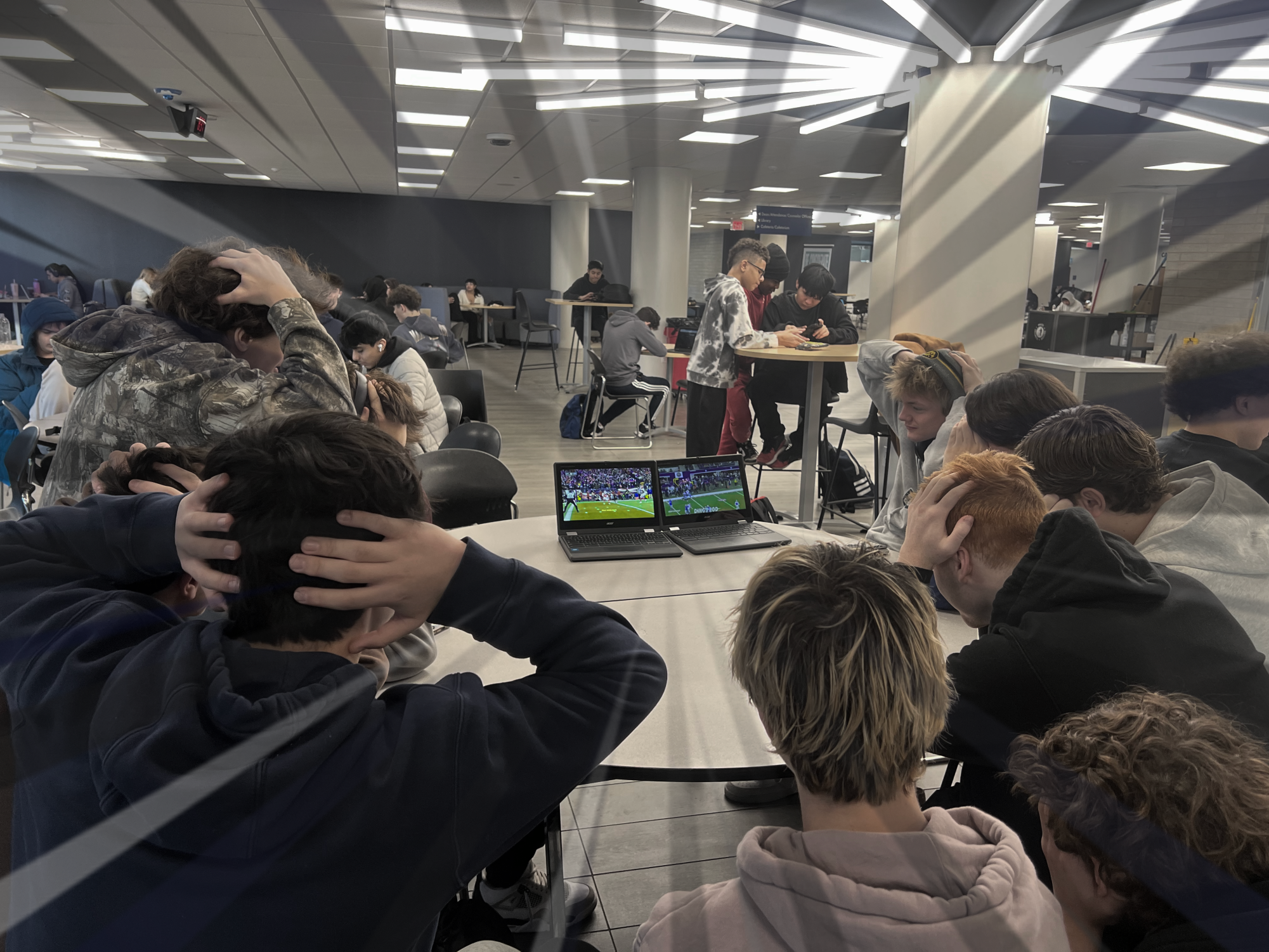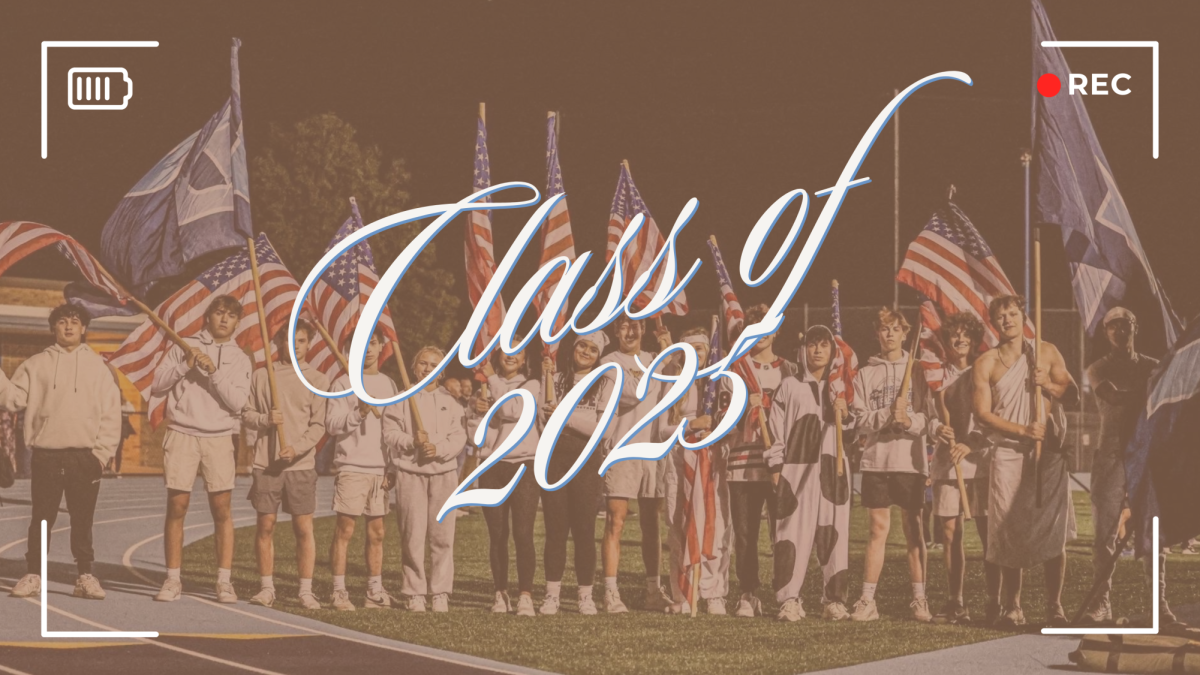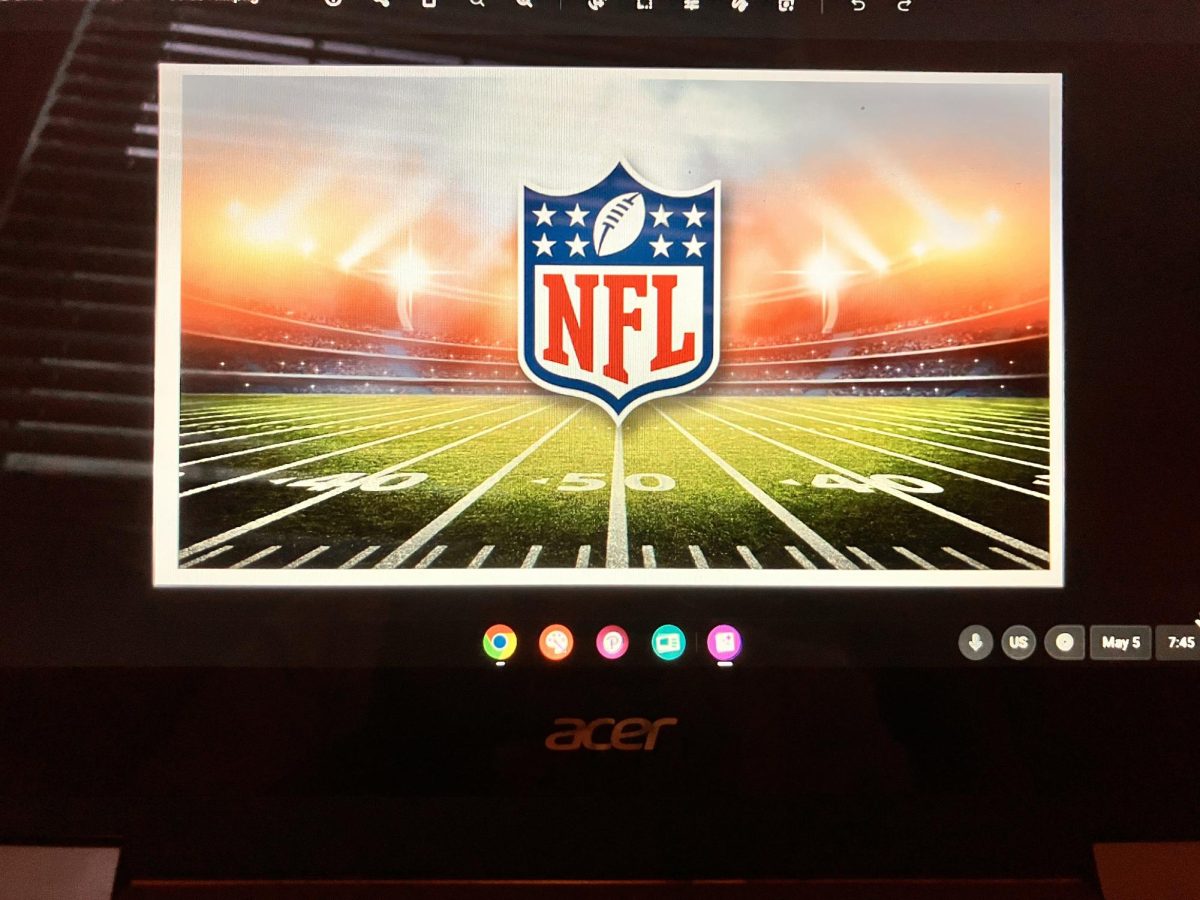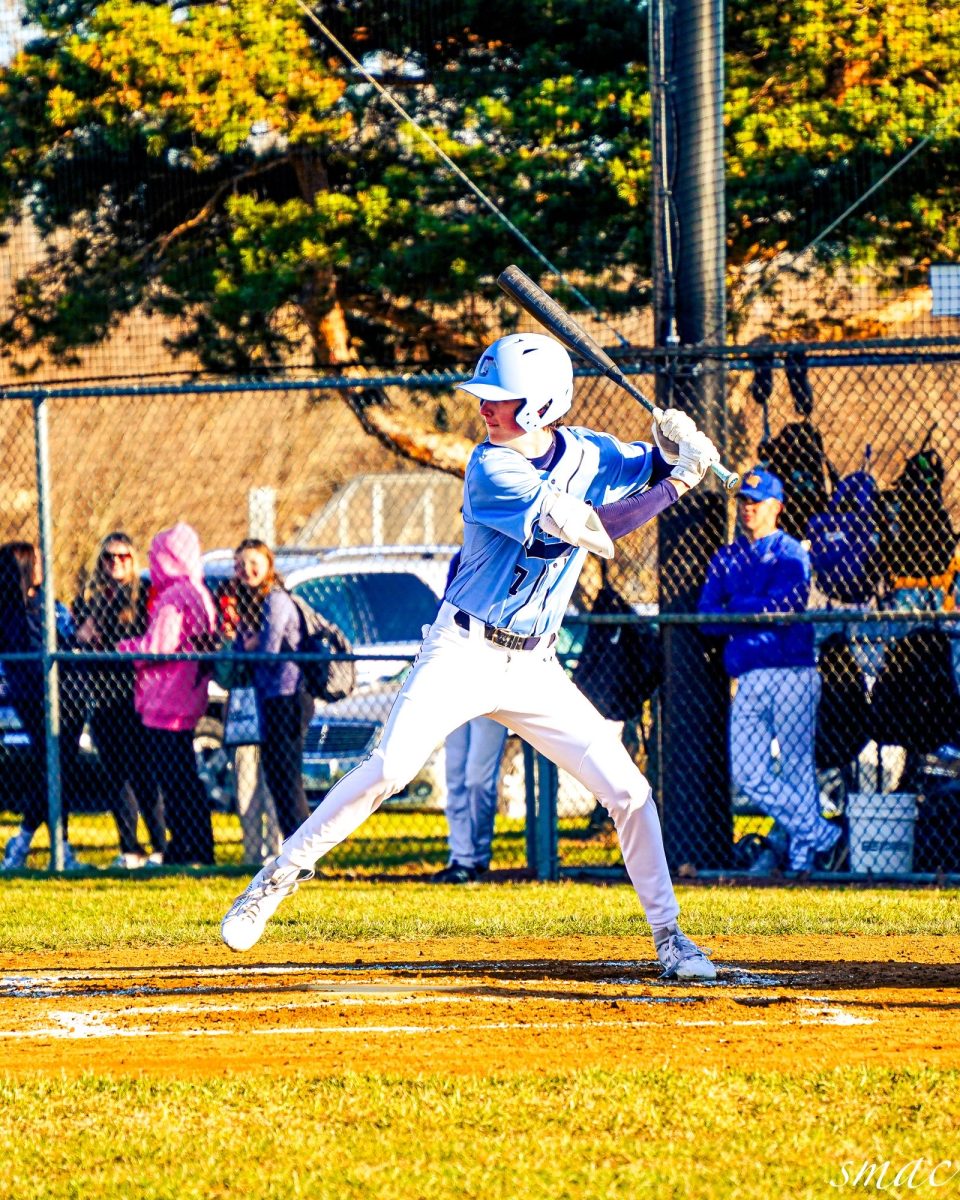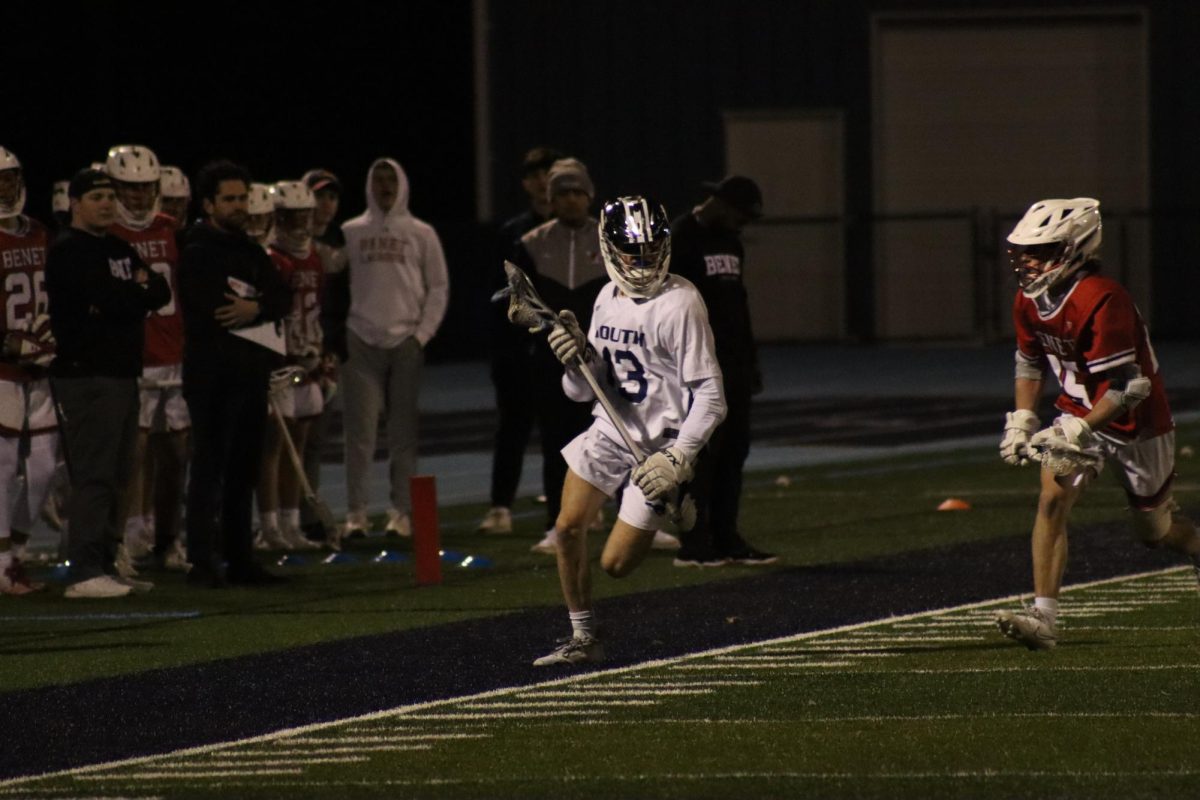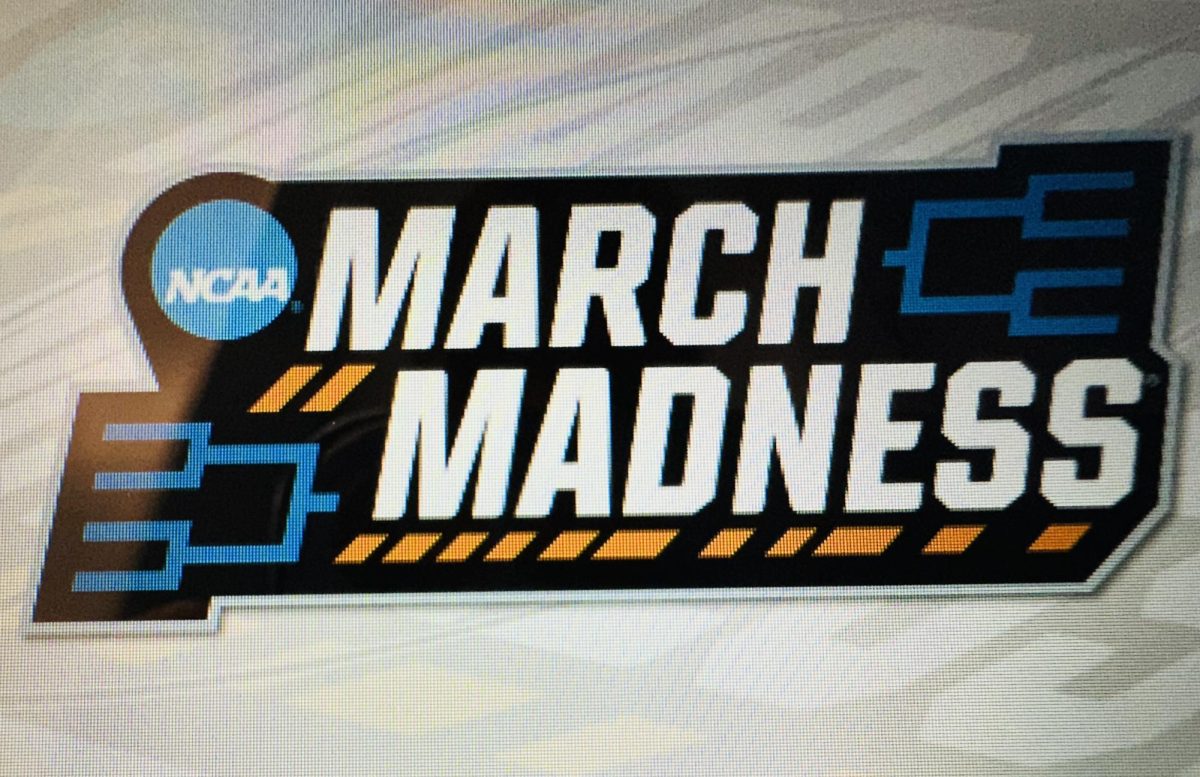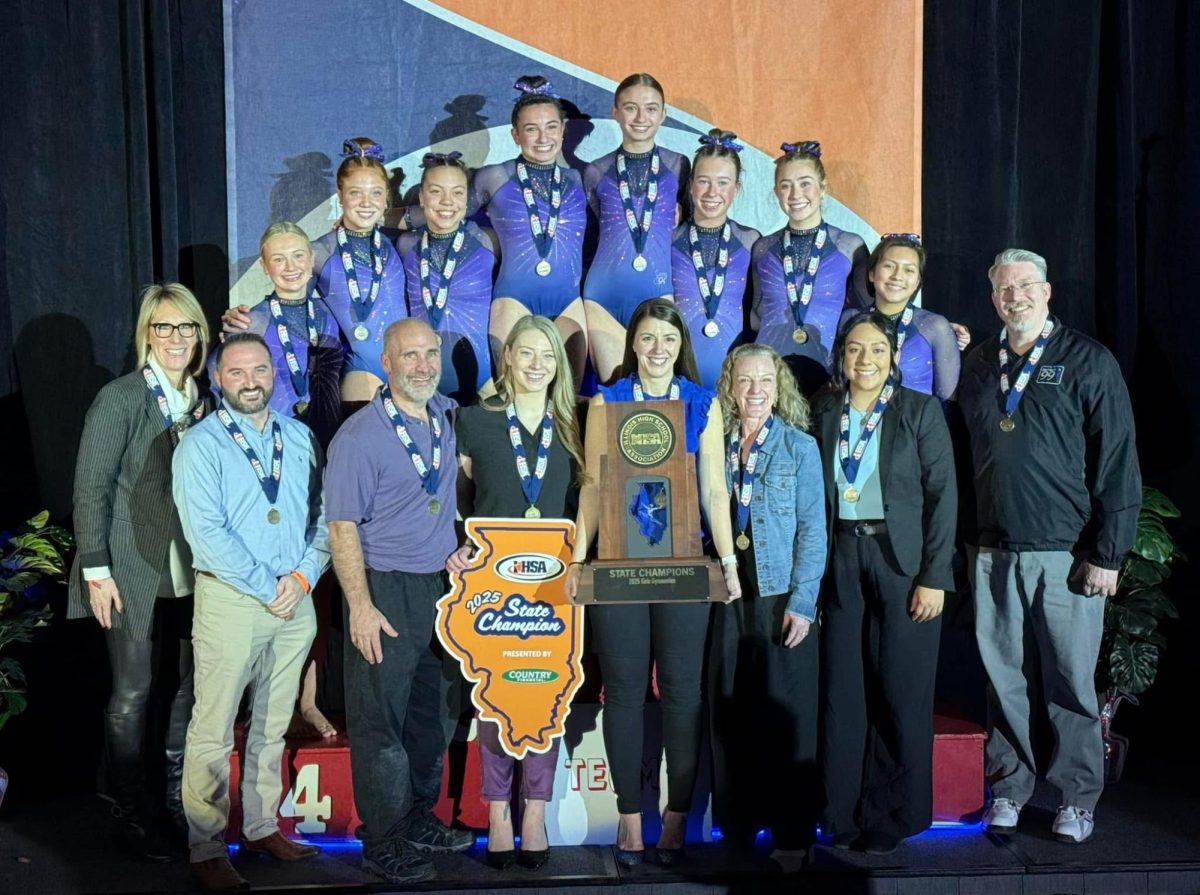When thinking about professional sports, “reality television” isn’t exactly the first thing that comes to mind. I have heard firsthand people dismiss reality television programs as something they’re somehow better than, calling them “gay” or “girly,” but at the end of the day the similarities really outweigh the differences.
To preface, this article by no means serves to talk down upon or belittle either one of these established television institutions. In fact I find myself both tuning into MTV every Friday to watch the newest episode of Drag Race Season 17 and then again to NBC on Sunday nights to watch football.
Take “RuPaul’s Drag Race” for example. Airing its first episode all the way back in February of 2009 and still running today, it’s become somewhat of an institution in the sphere of reality television. The program features anywhere from nine to 16 drag queens competing to be crowned “America’s next drag superstar.”
Then take a look at the NFL. Televised for the first time all the way back in October of 1939 and still running today, the program features 32 teams split into two conferences competing to be crowned division and eventually “Super Bowl Champion.”
The draw of many to both of these institutions is of course the human desire for competition. Anyone regardless of age, gender identity, sexuality, race or otherwise can agree that watching a bunch of dudes, whether they’re on the gridiron or in the werkroom, absolutely queen out is enrapturing.
Whether it’s a couture gown or color rush jersey the outfits all of the players or performers don in these organizations are always chic, inspiring me and my friends to get into drag for a murder mystery party or a number of guys I know to put on the jersey of their favorite player for a Halloween party. That is to say the cultural impact of both the NFL and RuPaul’s Drag Race is unparalleled.
Both of these organizations provide a sense of community for their consumers, football in the form of sports bars and betting, and televised drag in the form of gay bars and… well… betting. They allow their fans to get up close and personal with their idols by giving them the inside scoop into all of the narrative drama that comes along with a television show. And don’t even get me started on the cattiness.
Every time I find myself in a conversation with two die-hard sports fans about their differing favorite teams I can’t help but to draw parallels to my friends defending their favorite queens with their lives. I mean what isn’t to love? There’s coaching drama, dating scandals, podcasts, impressions and Taylor Swift for god’s sake.
At the end of the day it boils down to, as it always does, the “us versus them” mentality that so many Americans seem to have adopted. It’s no secret that, to draw on stereotypes here, the viewer base of professional sports and competitive drag lie oftentimes on very different ends of the sexuality spectrum. But that shouldn’t stop anyone from enjoying either one of these programs.
I could write an entire academic dissertation on the word “gay” and its slang use intent in 2025, but the very bottom line is that just because society has put a label on something that is by no means grounds to dismiss it as something you may not enjoy. Yes, gay men are often the ones most involved in the sphere of competitive drag and yes, straight men are often the ones most involved in the sphere of professional sports, but that shouldn’t stop anyone from enjoying either one.
The constant fear of judgement is one our student body is all too familiar with, and it’s simple things like consuming an “unconventional” television program that can help destigmatize and dismantle this harmful ideology. Because just like RuPaul’s Drag Race and the NFL, we as human beings too have much more in common than we realize.




